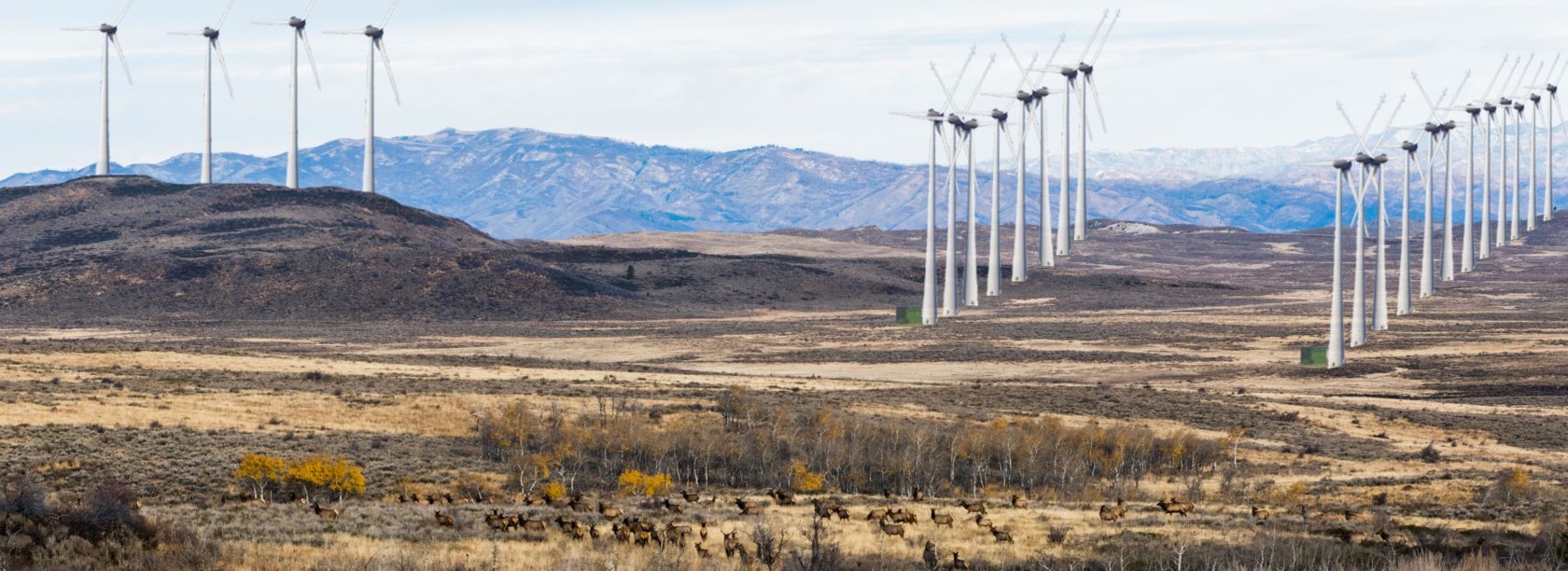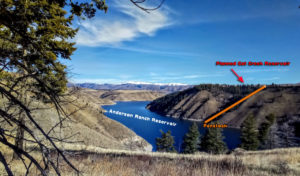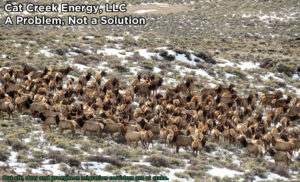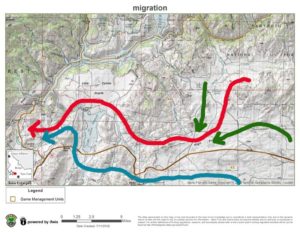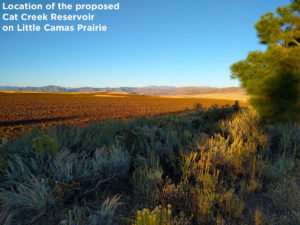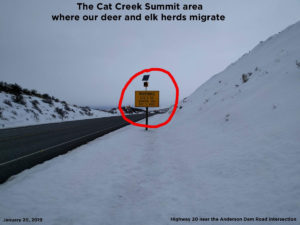In a previous post dated Feb 26, 2019, we highlighted the fact that the FERC (Federal Energy Regulatory Commission) has requested additional information from Cat Creek Energy (CCE). This is a request regarding a successive preliminary permit application for their Pumped Storage Hydroelectric project.
The Cat Creek Energy project will get more complicated as the developers start interacting with state and federal entities before they can move ahead with the project. We feel it’s important for all Elmore County residents to understand the entire process.
Reference: http://catcreek-energy.com/ferc-request-cat-creek-provide-additional-information-by-march-8-2019/
We Think It’s Important to Understand the FERC Requests For Information
The FERC has requested Cat Creek Energy provide information, action and/or documentation regarding two different issues. These requests apply to their bid to use public land and infrastructure for the pumped storage hydroelectric portion of their mega-energy project. This project will affect the backcountry of Elmore County, Idaho.
Background for FERC Request #1: Cat Creek Energy wants to build a new reservoir, including a dam on the bluffs above Anderson Ranch Reservoir. They will use water from Anderson to fill their 100,000 acre/foot reservoir. This will require using six, 15-foot diameter pipes/penstocks.
The bull trout lives in Anderson Ranch Reservoir. It thrives because of the pristine and stable environment found within the South Fork of the Boise River basin, including Anderson Ranch. The bull trout is listed as a threatened species by the U.S. Government.
FERC Request #1: The FERC has requested that CCE show proof of the actions and/or geotechnical studies they have, or will commission in the future, regarding how they will mitigate the effects that their pumped storage hydroelectric project will have on the threatened bull trout.
Remember, the bull trout lives in Anderson Ranch Reservoir, just 1,000 feet from their planned dam/reservoir on Little Camas Prairie. The two reservoirs will be interconnected if Cat Creek gets the approval to move ahead with the project.
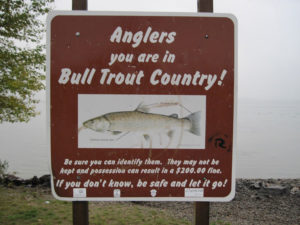
Background on FERC Request #2: Cat Creek Energy entered into a “Lease of Power Privilege” (LOPP) with the U. S. Bureau of Reclamation (Reclamation) for the use of Anderson Ranch Reservoir. The Bureau of Reclamation has indicated that CCE has yet to provide the required funding to move ahead with the lease agreement.
FERC Request #2: The FERC has requested CCE initiate and memorialize the critical payments and actions required by the “Lease of Power Privilege” (LOPP) agreement.
Cat Creek Energy has until March 8, 2019, to fully respond to these two Federal Energy Regulatory Commission requests for information.
